Walls and warriors: Beijing to Xian, exploring North China’s must visits
‘Your county never is hot hahaha’ came the mechanical voice of the driver’s translation app. Even in China, with a language barrier, clearly, jokes could undoubtedly still be thrown at us Brits. I punched a response into my phone, Google Translate echoed it back in Mandarin, and we both laughed out loud as the taxi thundered on through the roads of Beijing, unsure if our apps were actually getting the conversation across as intended.
I’d stumbled into Beijing airport a few hours earlier and realising I had missed my transfer was adamant I wasn’t going to pay the highly inflated prices the transfer desk was quoting me. A few drivers ignoring me later and this legend of a guy up front kept the chat, or rather the phone apps did, flowing for the whole hour journey to my hotel.
Beijing to Hong Kong tour details
A 14-day Classic Beijing to Hong Kong Adventure with G Adventures is priced from £1,899 per person including all accommodation (allow US$475 for meals not included), a chief experience officer, and transportation in destination. Price does not include flights. For more information or to book, please visit www.gadventures.co.uk.
Without a doubt, the most famous attraction in Beijing is the Forbidden City, the old Imperial Palace of Beijing that over its near 700-years as the home to 24 emperors was closed off the public.
Now open as the Imperial Palace Museum, extensive restorations are ongoing to open the 8000+ rooms to the public, one of the reasons it featured on Lonely Planet’s Best in Travel list for 2018.
It would take hours to explore this vast complex that can see up to 80,000 visitors per day, and with limited time in Beijing, we rocketed through it exploring the rooms of ancient ornaments, the intricate details outside and the crowded gardens with temples sticking out of rocks. Yoyo on hand the whole time introducing us to her country and culture.
The Hutongs of Beijing are a criss-cross of small alleys and courtyards that make up the traditional local homes within the city centre. While many of the larger houses with courtyards are worth a small fortune in land, tiny houses with whole families are also typical.
Our rickshaw tour was uneventful and unnecessary, and in hindsight, I would have instead explored by foot, but our home-cooked lunch in a local house was a delicious treat served up with a side of insight.
Behind a curtain in the ‘dining room’ was the families main bed, the other dining room would become the living room after both the local and tourist visitors were fed, and in the small family kitchen, those that called it home dished up tasty treats and scurried to local shops to bring us beer and soda. The hospitality was so warm, yet some of the stories shared chilled us. One weary man explained in depth the current issue facing people who don’t have a Beijing citizen permit, essential controlling rights to those who have migrated from within their own countries.
Nearby, we visited the Bell Tower and Drum Tower, two symbols that you’ll find in most historic Chinese cities that would have rung out to symbol the start and end of the day. As our group split to head for jet-lag recovering naps or to explore more temples, I headed solo in search of a coffee pick me up.
Around the small Bell Tower Square, little boutique coffee spots serve up cups of Joe on tiny terraces and in dimly lit rooms, the terraces providing views of local kids playing Jianzi, similar to shuttlecock.
Warmed and re-energised from what in reality was a pretty poor coffee I set off to see the other side of China’s capital and wandered through modern shopping blocks, towering high-rises and buzzing streets of hip bars. It was a stark contrast to the morning activities but easy to access thanks to the bus system.
As my sleepiness caught up with me, I headed to Sanlitun, home of Beijing’s ‘coolest bar street’ depending on who you ask and expensive fashion stores where photographers with ridiculously long lenses waited to try and capture the next crazy ensemble that would hopefully land them on the cover of a glossy fashion magazine. Exhausted and somewhat confused, I retired to out comfy digs ready for an early rise to visit The Great Wall of China.
The history of this city is fascinating as it was the end point of the eastern Old Silk Road, and as such, there is a sizeable Muslim population in the city that has called it home for centuries.
The Great Mosque of Xi’an could almost be missed if you didn’t know to look for it, but behind more walls lay this beautiful mosque, mainly crafted of wood and consisting of some twenty buildings. A peaceful morning walk here with just the gardener for company allowed me to marvel at one of the oldest and largest Mosques in China, a type of Mosque I had never seen before and a far cry from the likes of the Abu Dhabi Mosque.
When I exited the mosque the streets around the Muslim Quarter were coming to life, and tasty treats were being brought in batch from the many stalls lining the alleyways. Chowing down on some delicious bread I ventured onto the cities other significant attractions.
The Bell and Drum Towers, as mentioned above in Beijing, are pretty famous in Xi’an and two of the symbols of the city. The Drum Tower sits alongside the Muslim Quarter while the Bell Tower dominates a central roundabout, accessible by underpass.
A short walk from here down charming streets of quaint yet trendy bars will take you back to the ancient city walls which you can cycle all the way around and, had I of been time-rich, would be a neat way to get a higher elevated view of the city.
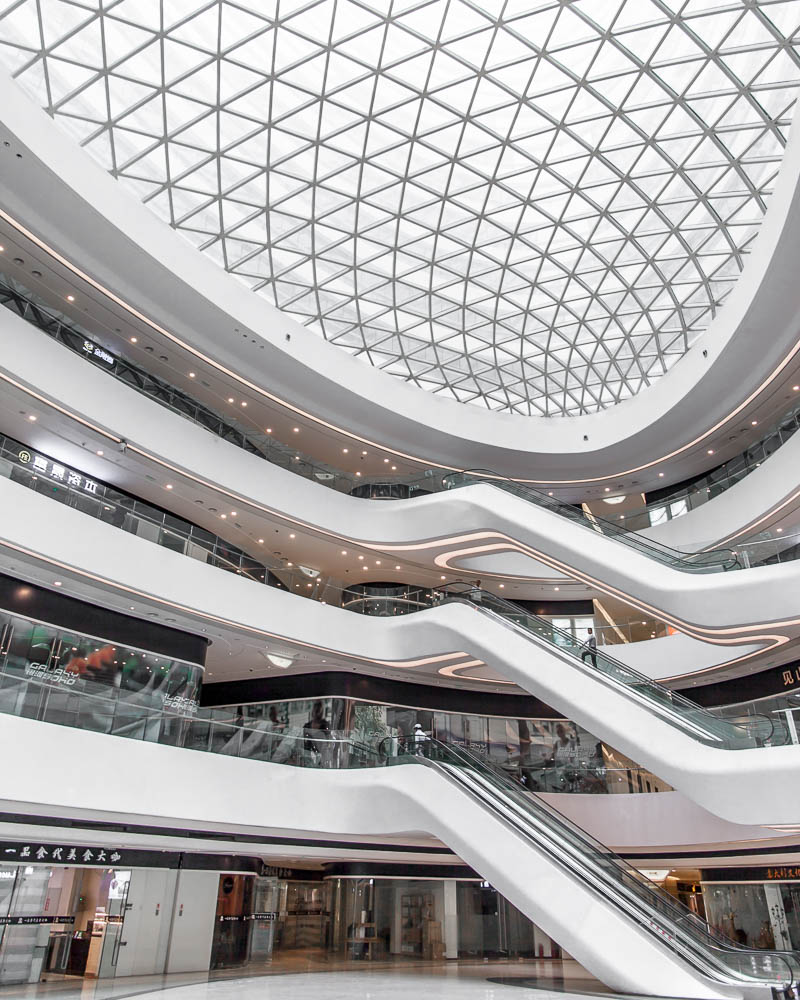
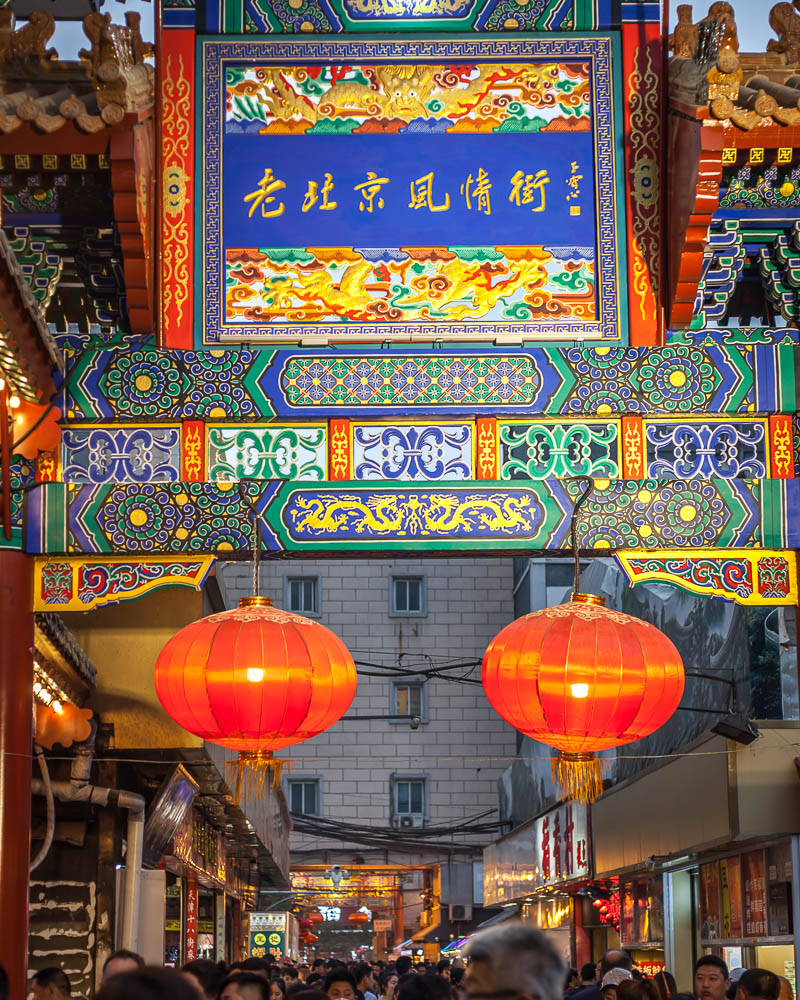

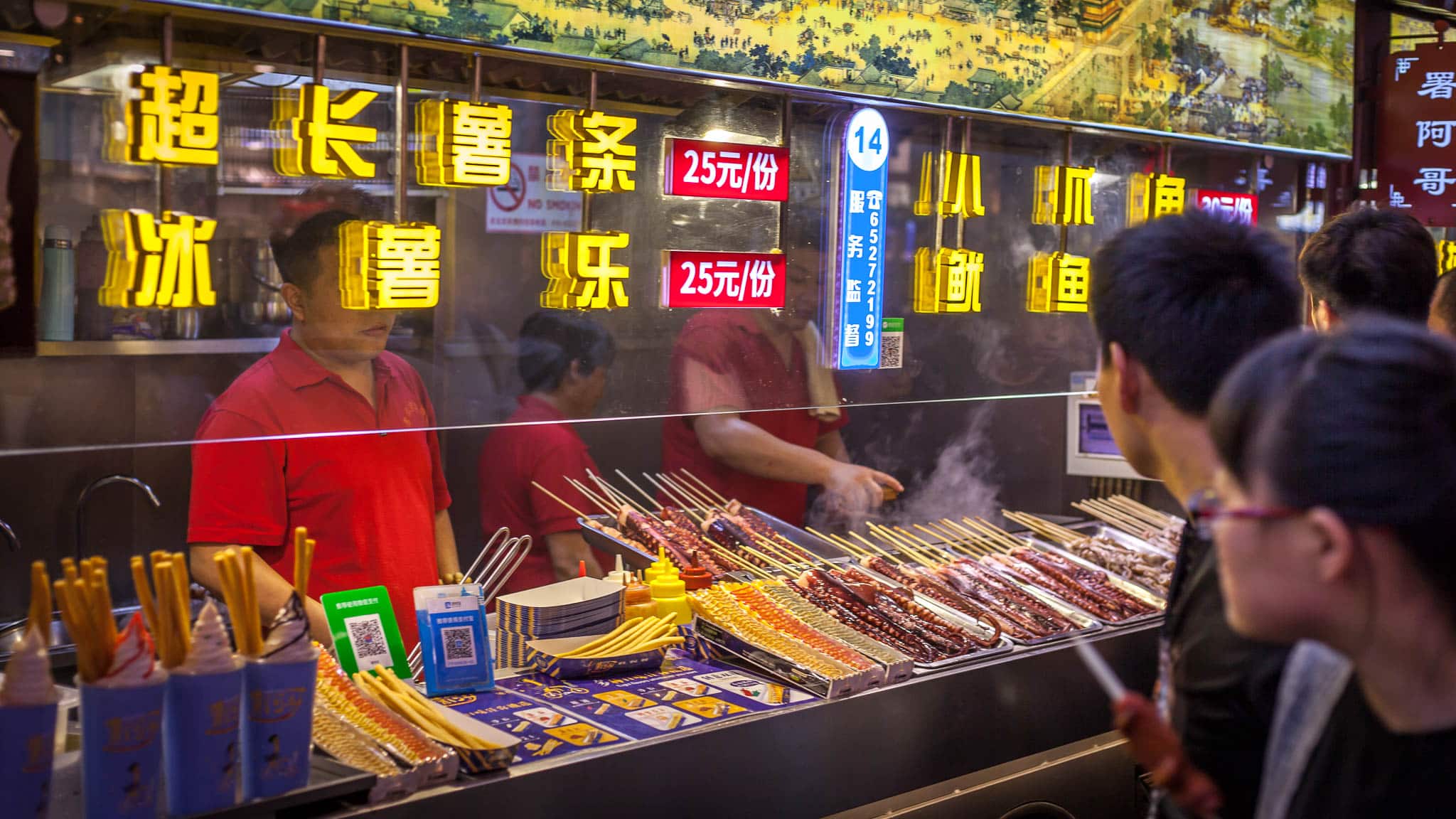
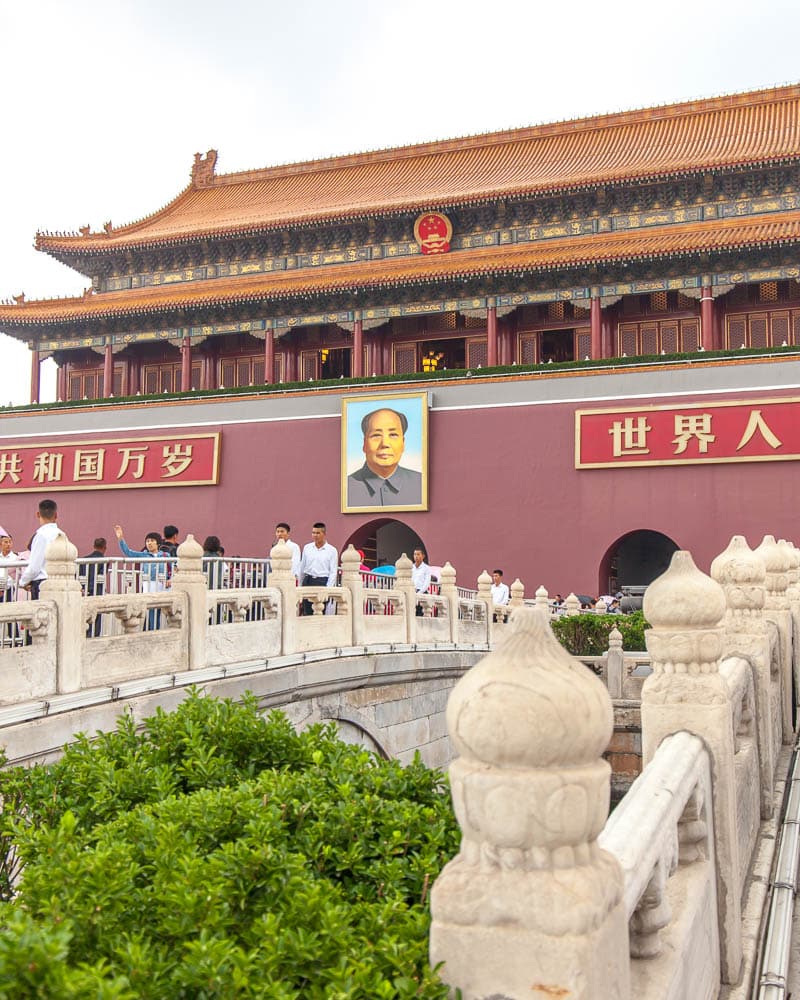
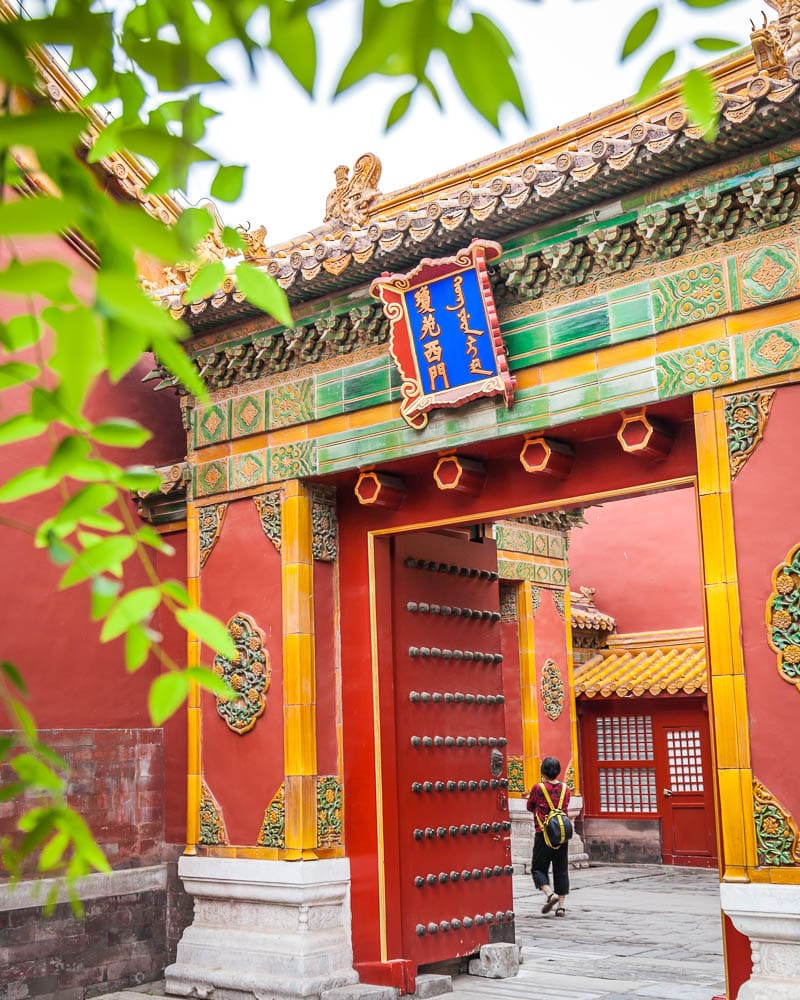
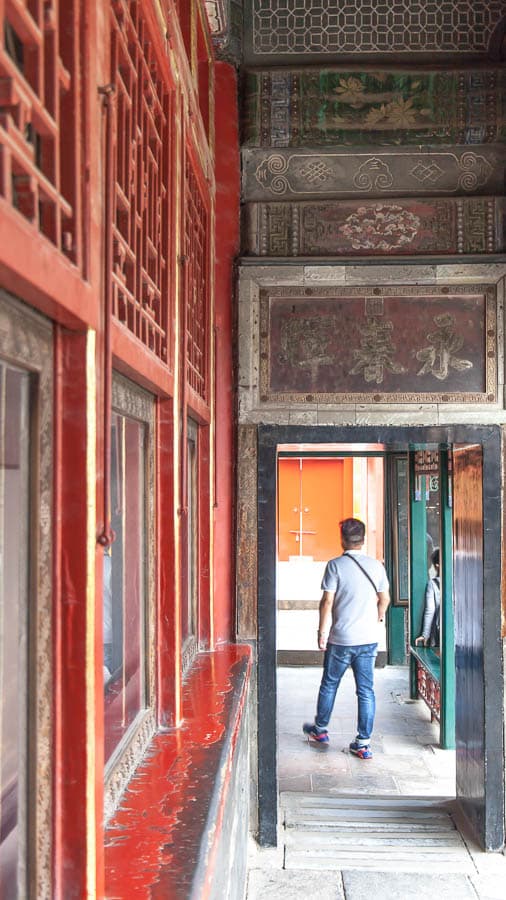
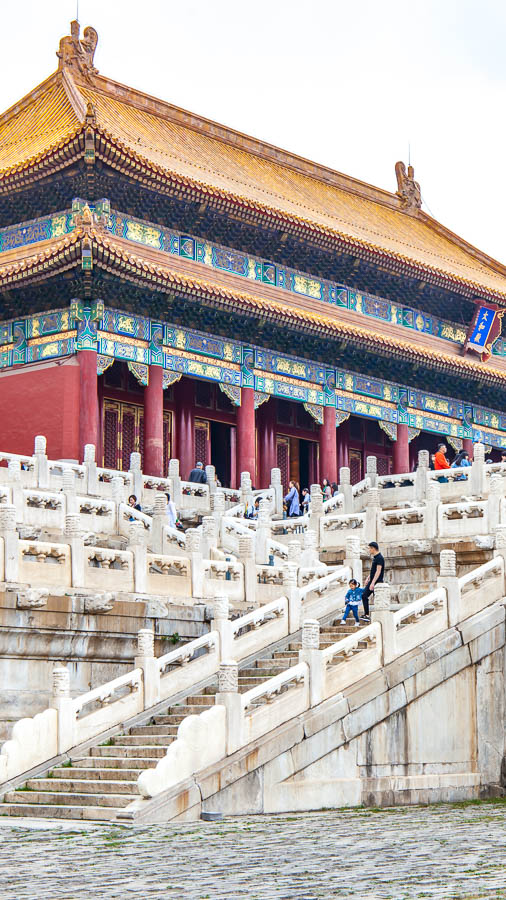
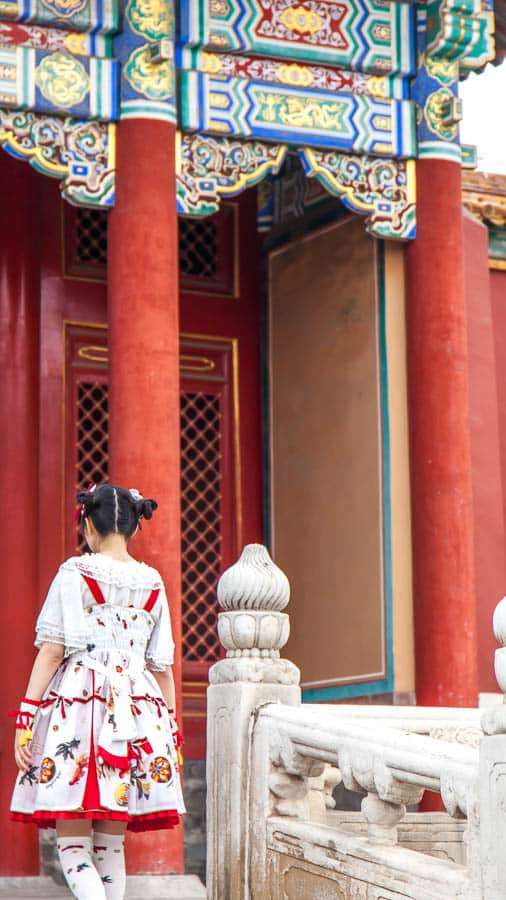
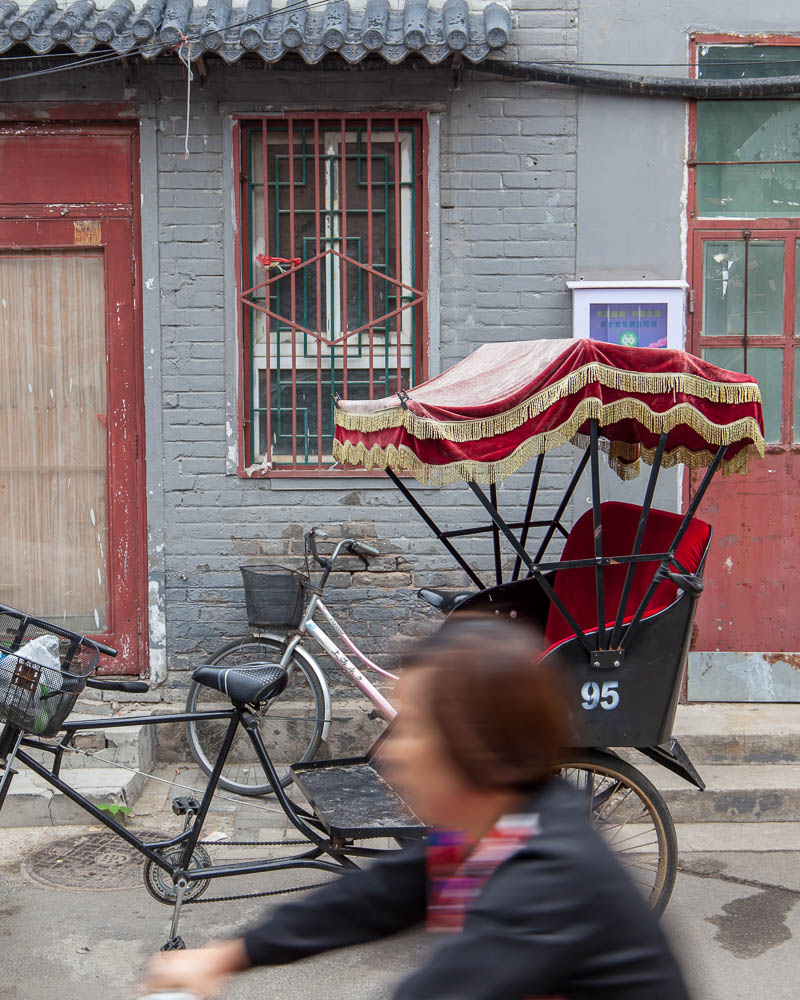
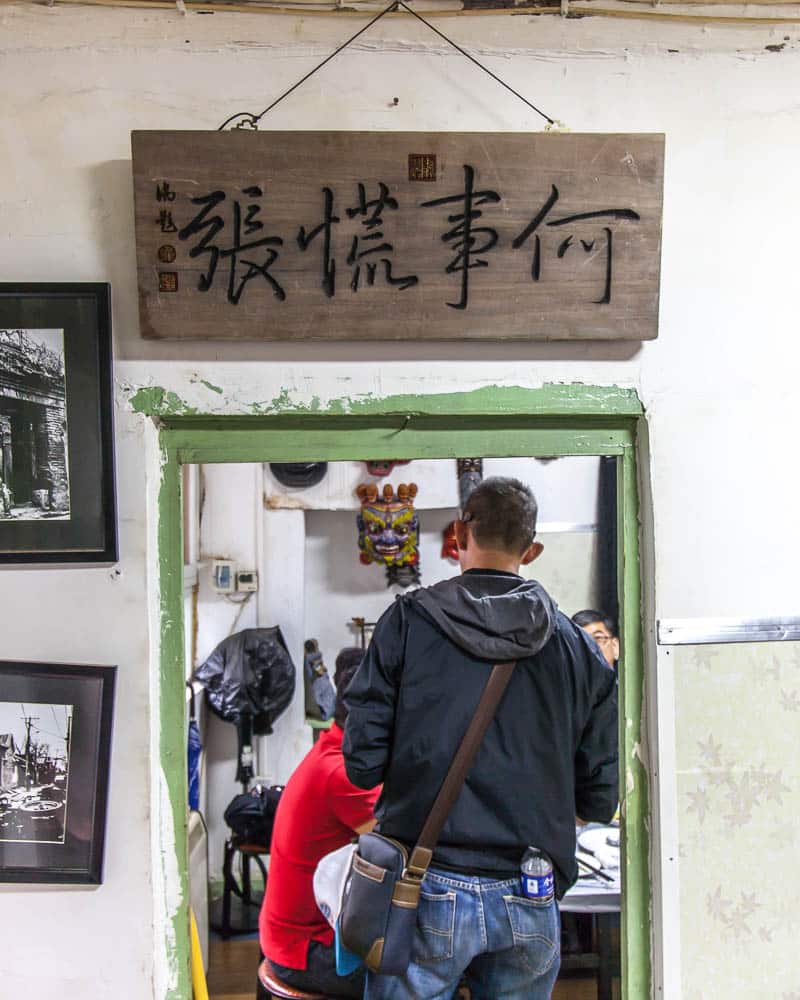
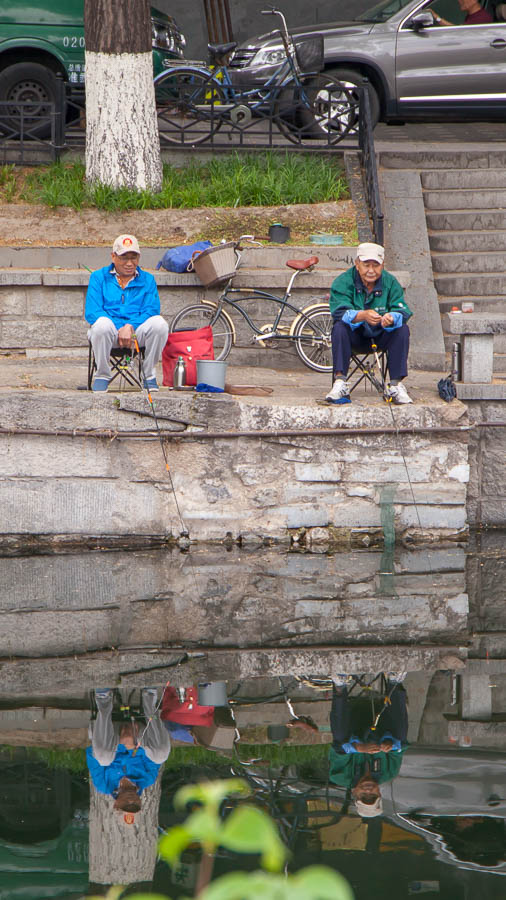
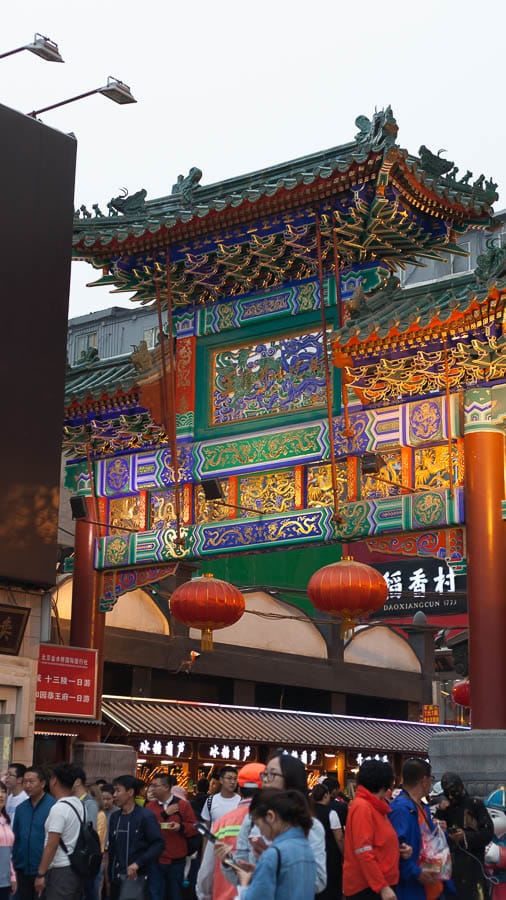
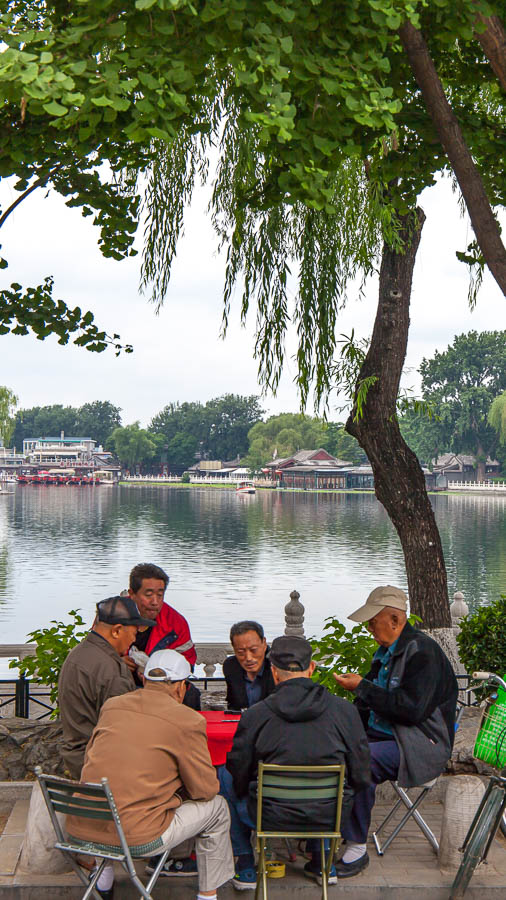
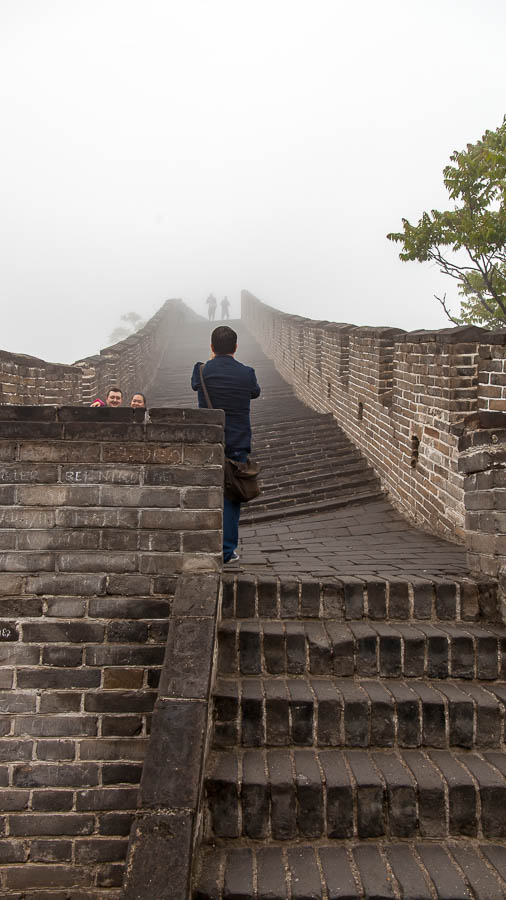
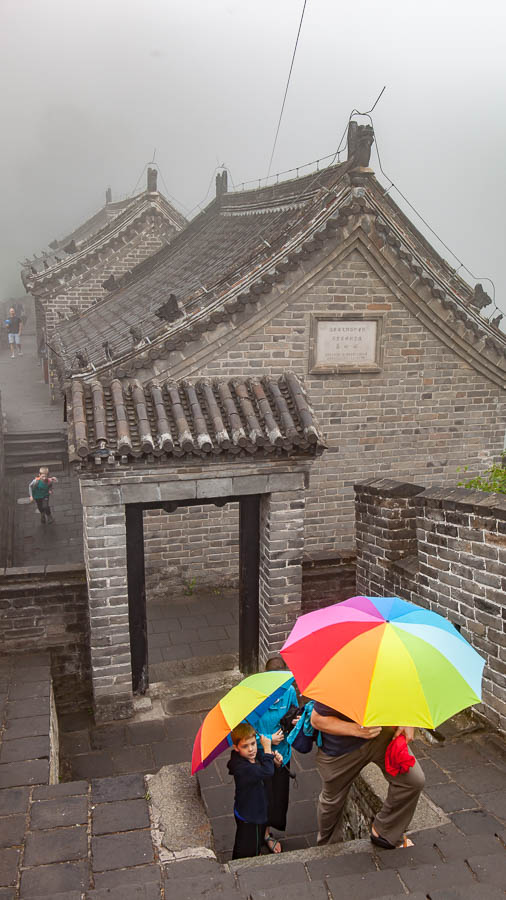
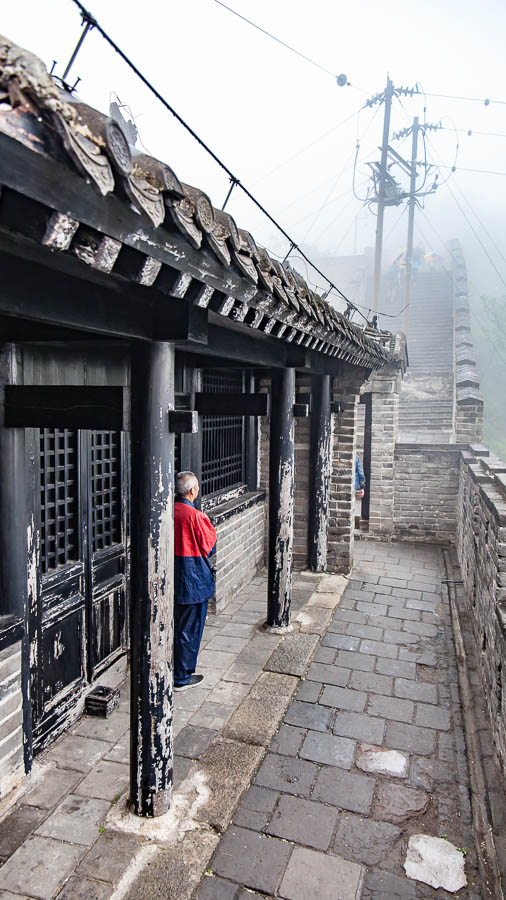
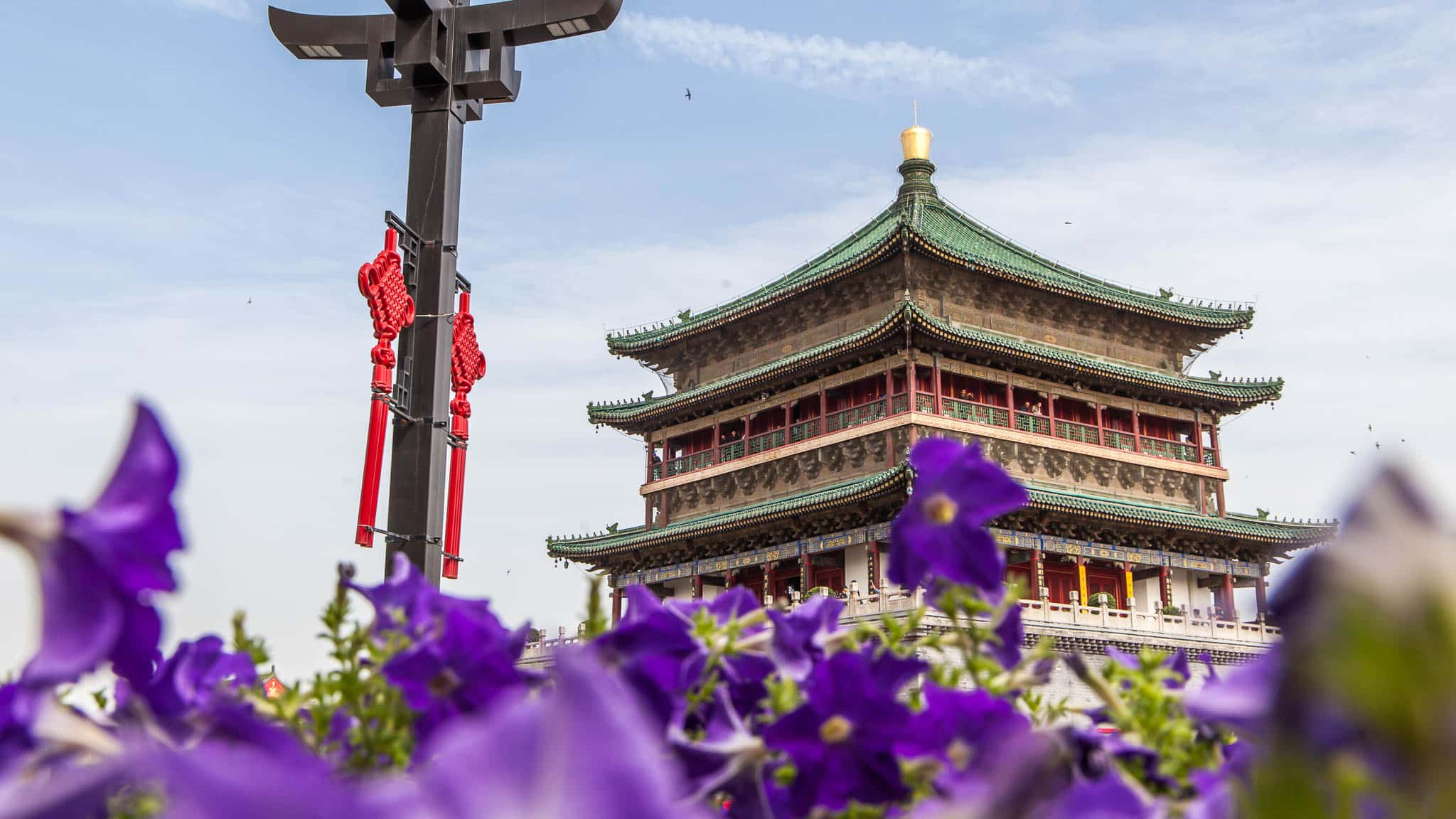
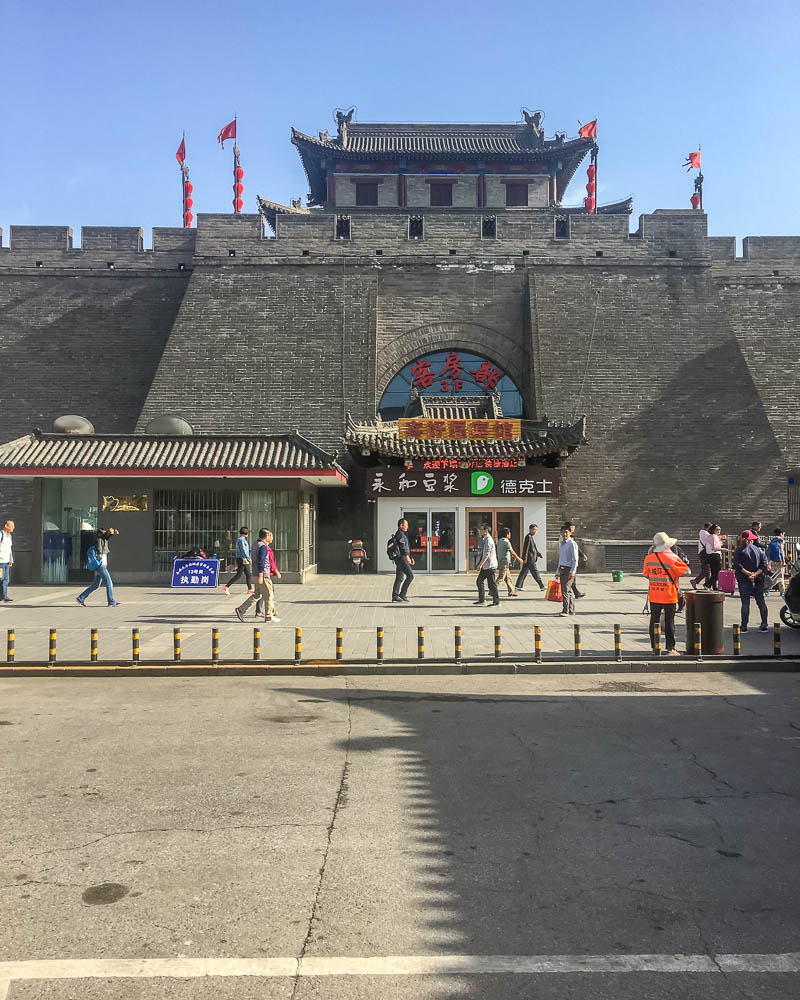
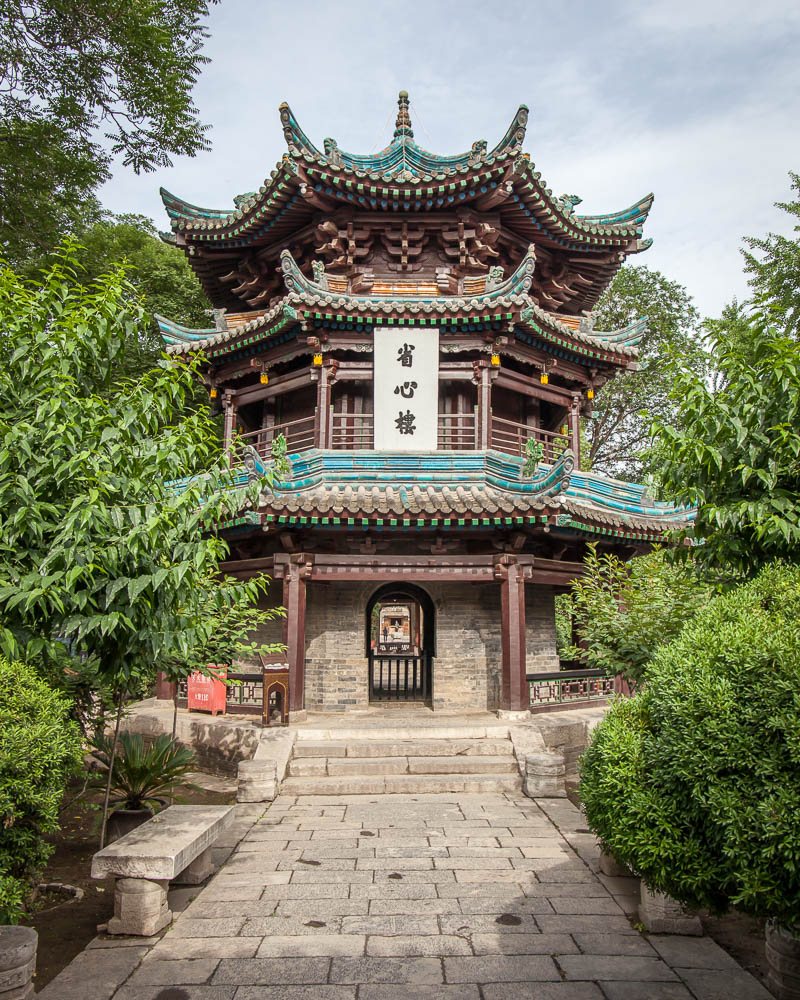
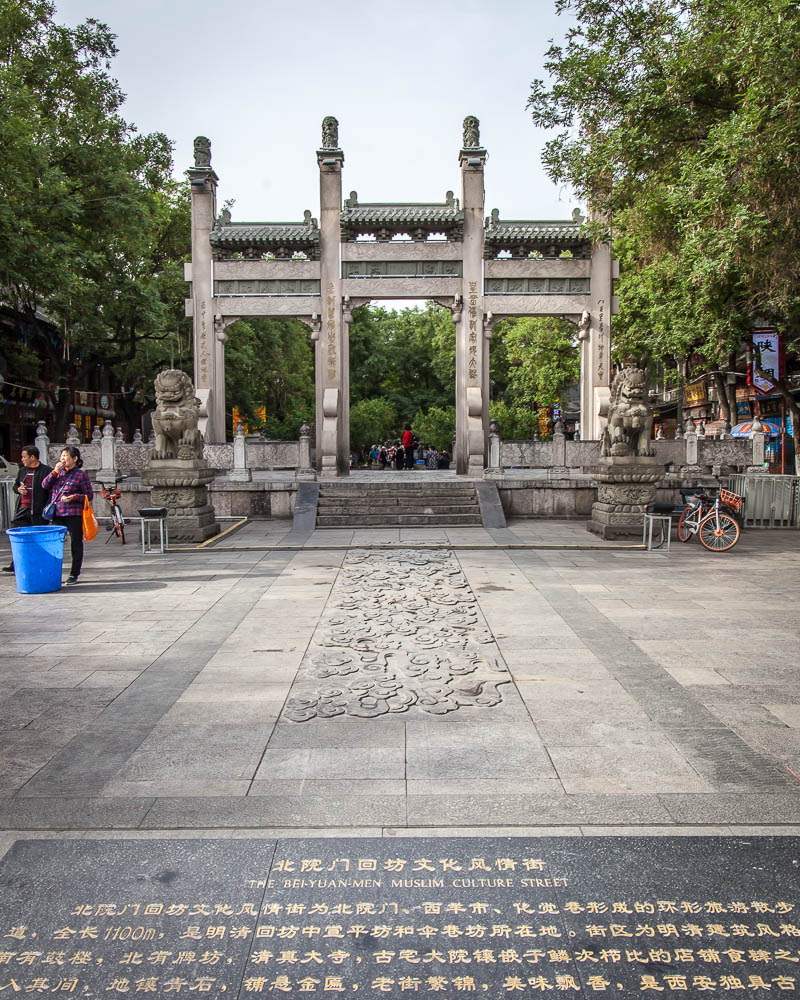
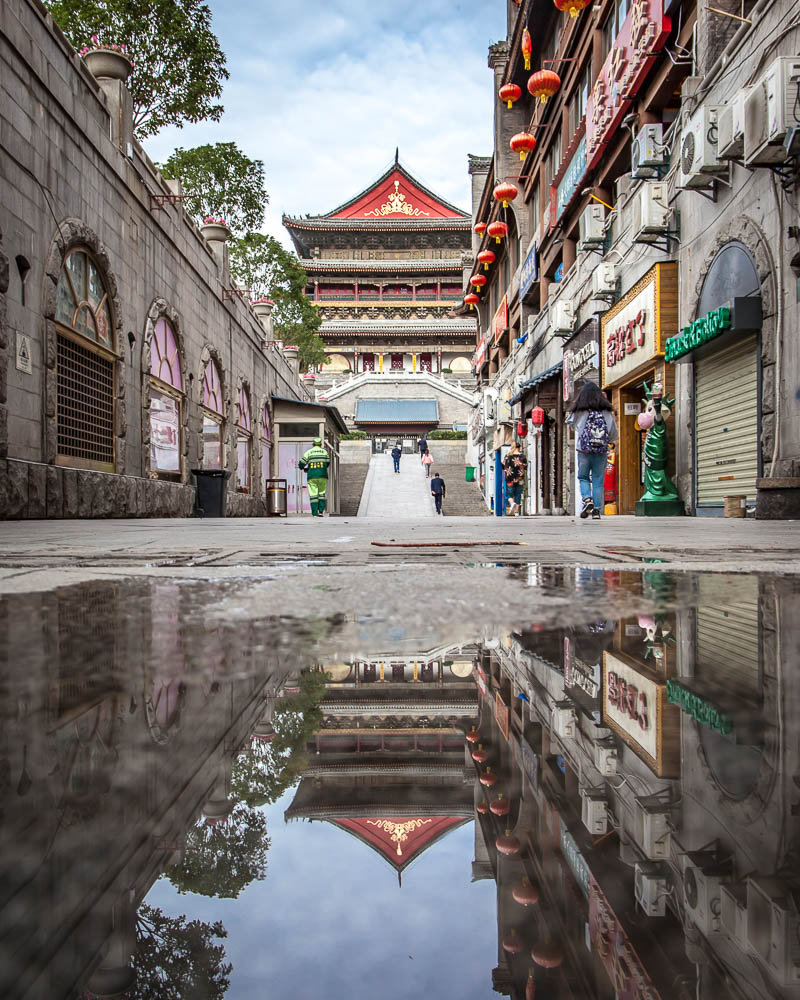
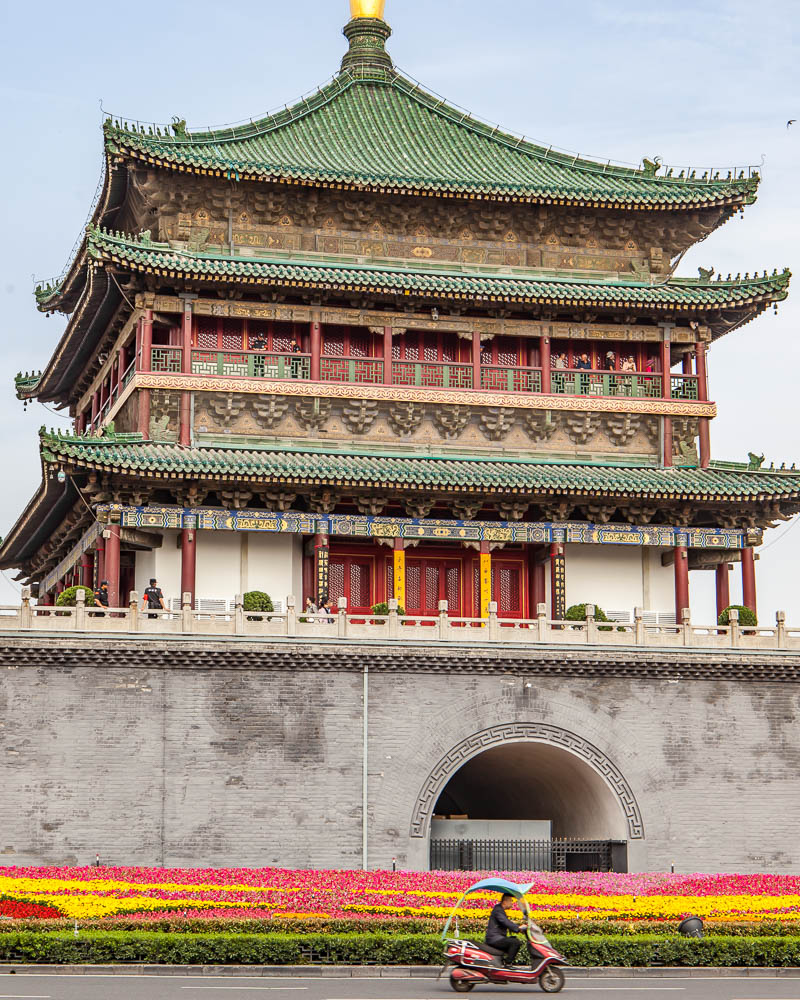
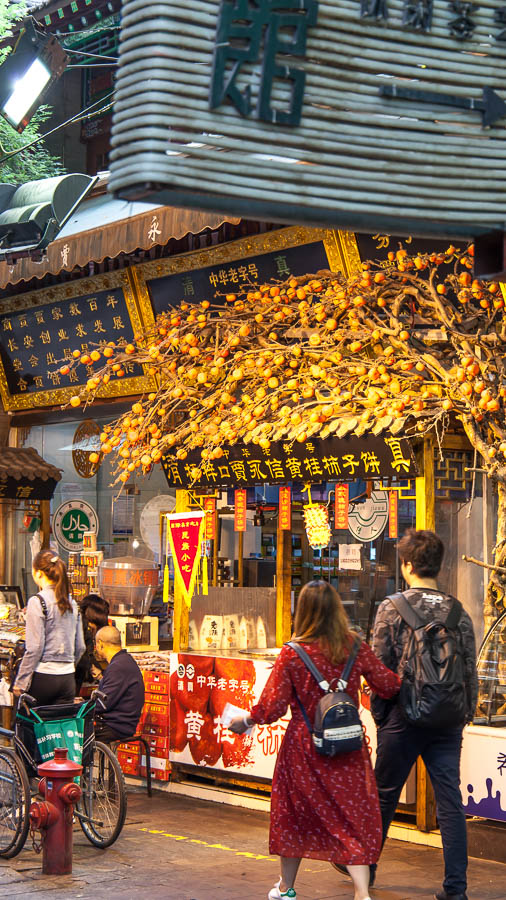
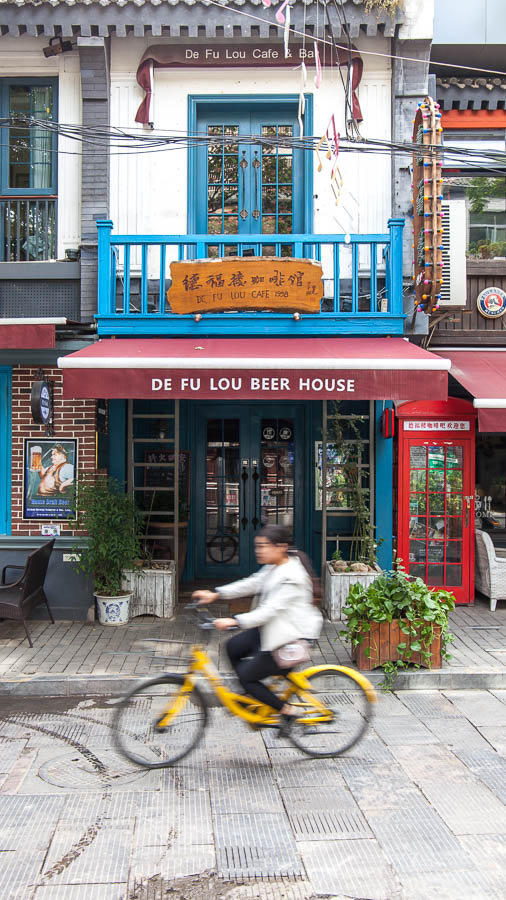
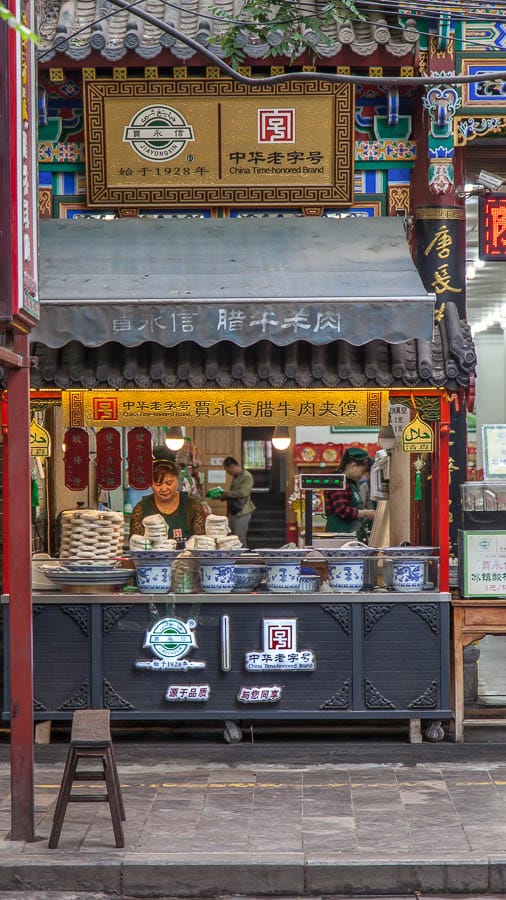
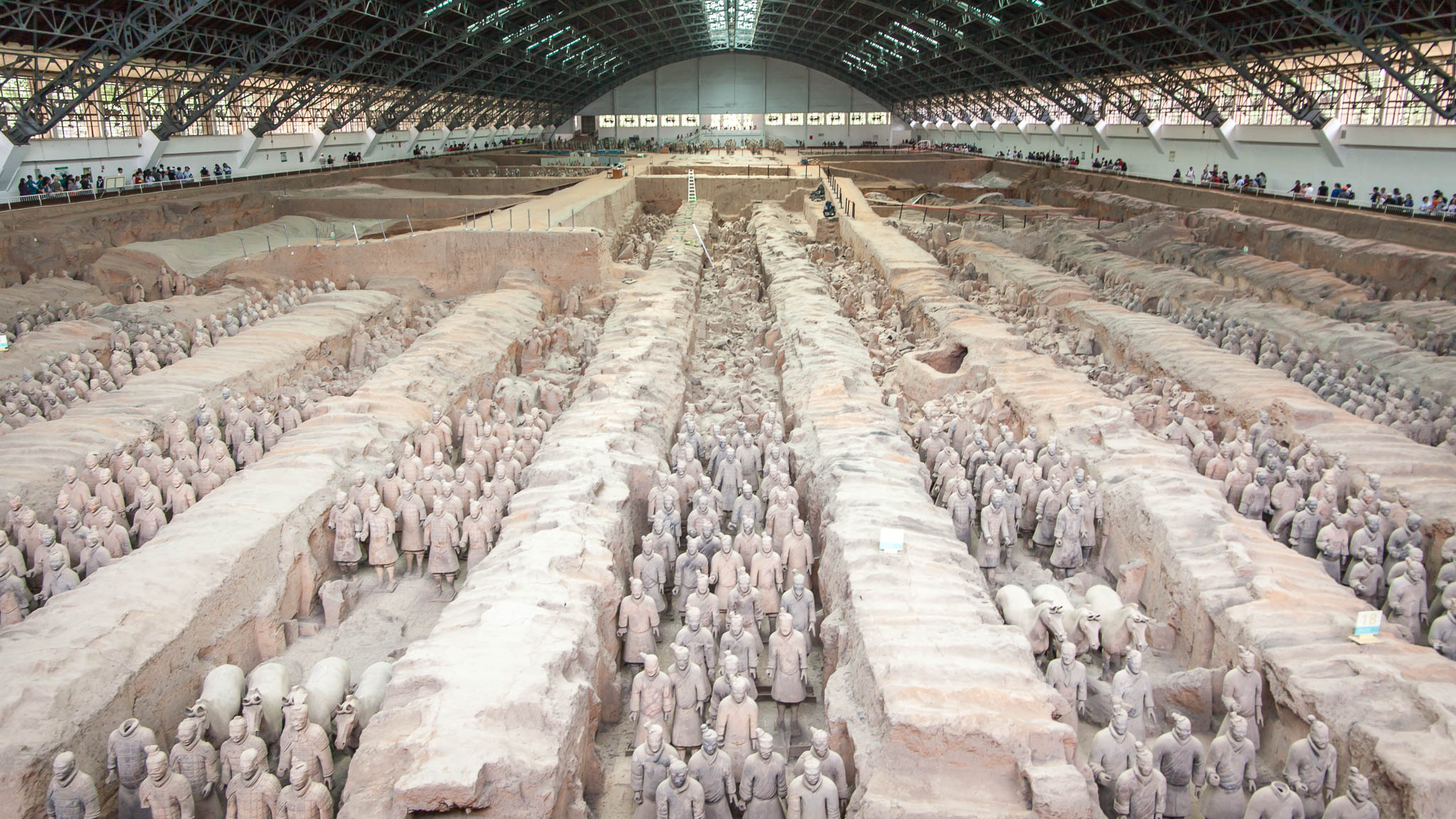

Comments
Post a Comment